Riyadh is the capital and largest city of Saudi Arabia, also serving as the capital of the Riyadh Province and the center of the Riyadh Governorate. Situated on the eastern bank of Wadi Hanifa, the modern metropolis developed primarily in the 1950s after the dismantling of the walled town's defenses, which originated in the 18th century.
January 1902: Ibn Saud captured the Musmak Palace
In January 1902 Ibn Saud succeeded in capturing the Musmak Palace from its Rashid garrison.
1902: Ibn Saud Retrievs Ancestral Kingdom
In 1902, Ibn Saud retrieved his ancestral kingdom of Najd.
1926: Rule Consolidation
In 1926, Ibn Saud consolidated his rule and further expanded his kingdom to cover "most of the Arabian Peninsula."
1926: Saudi Conquest of Hejaz
In 1926, Ibn Saud consolidated his rule by the final Saudi conquest of Hejaz.
September 1932: Kingdom Naming
In September 1932, Ibn Saud named his kingdom 'Saudi Arabia' with Riyadh as the capital.
1935: Riyadh Population in 1935
The city had a population of 40,000 inhabitants in 1935.
1936: Construction of Murabba Palace
In 1936, construction of King Abdulaziz's Murabba Palace began.
1938: Government moved to Murabba Palace
In 1938, Ibn Saud moved to the Murabba Palace from the administrative center of the government.
1938: Completion and Occupation of Murabba Palace
In 1938, the Murabba Palace was completed, and a household of 800 people moved into it.
1947: Establishment of Al-Shabab football club
In 1947, Al-Shabab football club was established.
1949: Riyadh Population in 1949
The city had a population of 83,000 in 1949.
1950: Development of Annasriyyah
In 1950, King Saud began developing Annasriyyah, the royal residential district.
1953: King Saud Took Control
In 1953, King Ibn Saud died and his son Saud took control as per the established succession rule.
1953: Grid Pattern Introduction
In 1953, the grid pattern in the city was introduced.
1954: Establishment of Al-Riyadh Club
In 1954, Al-Riyadh Club was established.
1955: Establishment of Al-Nassr football club
In 1955, Al-Nassr football club was established.
1957: Establishment of Al-Hilal football club
In 1957, Al-Hilal football club was established.
1964: King Faisal succeeded King Saud
In 1964, King Saud was succeeded by his brother King Faisal.
1966: Meteorite fragment recovered from Wabar site
In 1966, a meteorite fragment known as the "Camel's Hump" was recovered from the Wabar site.
1968: Masterplan Preparation
In 1968, the Department of Municipal Affairs selected Doxiadis Associates to prepare a masterplan for Riyadh.
1972: Masterplan Approval
In 1972, Doxiadis Associates submitted a masterplan that was approved for Riyadh.
1974: Population Growth Begins
From 1974 to 1992 the population growth of the town averaged 8.2 percent per year.
1974: Founding of the High Commission
In 1974, the government founded the High Commission for the Development of Arriyadh, headed by King Salman Bin Abdulaziz.
1975: King Khalid succeeded King Faisal
In 1975, Faisal was succeeded by his brother King Khalid.
1978: Construction of Riyadh TV Tower began
Construction of the 170 m Riyadh TV Tower began in 1978.
1981: Completion of Riyadh TV Tower
In 1981, the Riyadh TV Tower was completed. It is a 170-meter high television tower located inside the premises of the Saudi Ministry of Information.
1981: Construction of Riyadh TV Tower completed
The construction of the 170 m Riyadh TV Tower, operated by the Ministry of Information, was completed in 1981.
1982: King Fahd took the reins
In 1982, King Fahd took the reins from his brother.
1982: Revised Masterplan Approved
In 1982, SCET International's revised and updated masterplan was approved, reflecting the drastic growth of Riyadh.
November 1983: King Khalid International Airport Opened
On 16 November 1983, King Khalid International Airport was officially opened by King Fahd.
1983: First movie by the TV tower group
In 1983, the TV tower group made its first movie, named "1,000 Nights and Night", starring Mohammed Abdu and Talal Mmdah.
1989: King Fahd Sports City Stadium Hosted FIFA U-20 World Cup
In 1989, King Fahd Sports City Stadium hosted the FIFA U-20 World Cup.
1992: Population Growth Ends
From 1974 to 1992 the population growth of the town averaged 8.2 percent per year.
1992: King Fahd Sports City Stadium Hosted FIFA Confederations Cup
In 1992, King Fahd Sports City Stadium hosted the FIFA Confederations Cup.
1995: King Fahd Sports City Stadium Hosted FIFA Confederations Cup
In 1995, King Fahd Sports City Stadium hosted the FIFA Confederations Cup.
1997: King Fahd Sports City Stadium Hosted FIFA Confederations Cup
In 1997, King Fahd Sports City Stadium hosted the FIFA Confederations Cup.
1997: GPYW Indoor Stadium hosted ABC Championship
In 1997, the city's GPYW Indoor Stadium served as the host arena for the ABC Championship, where the Saudi Arabia men's national basketball team reached the Final Four.
1999: New central museum built in Riyadh
In 1999, a new central museum, the National Museum of Saudi Arabia, was built in Riyadh, combining collections from various institutions.
2002: Emporis Skyscraper Award
In 2002, the Kingdom Centre won the Emporis Skyscraper Award, recognized as the "best new skyscraper of the year for design and functionality".
May 2003: Al-Qaeda Attacks in Riyadh
On 12 May 2003, Al-Qaeda under Osama bin Laden launched coordinated attacks on compounds in Riyadh, resulting in the deaths of 39 people.
2007: MEDSTAR Award
In 2007, MEDSTAR won second place in the international award for liveable communities.
July 2010: Al-Turaif inscribed in UNESCO World Heritage List
On 31 July 2010, The Turaif district was inscribed in UNESCO World Heritage List.
2010: Construction began on Burj Rafal
In 2010, construction began on Burj Rafal, which is located on King Fahd Road.
2010: Diriyah Inscribed as a World Heritage Site
In 2010, the first Saudi capital Diriyah, on the northwestern outskirts of Riyadh was inscribed as a World Heritage Site by UNESCO.
2010: Literacy rate in Riyadh
In 2010, the literacy rate in Riyadh was 98.10%.
2013: King Khalid International Airport served over 20 million passengers
In 2013, King Khalid International Airport (KKIA) served over 20 million passengers.
2014: Completion of Burj Rafal
In 2014, the Burj Rafal skyscraper was completed. At the time of completion, 70% of the residential units had already been sold.
April 2015: Dust Storm
On 1 and 2 April 2015, a massive dust storm hit Riyadh, causing the suspension of classes in many schools and the cancellation of hundreds of flights.
2016: Global Financial Centres Index Rank
In 2016, Riyadh ranked at 77 in the Global Financial Centres Index.
2017: Riyadh Population Composition in 2017
As of 2017, the population of Riyadh is composed of 64.19% Saudis, while non-Saudis account for 35.81% of the population.
2017: Global Financial Centres Index Rank
In 2017, Riyadh ranked at 77 in the Global Financial Centres Index.
March 2018: Missile Attack
In March 2018, one person died as a result of a missile attack in Riyadh.
April 2018: Heavy Gunfire in Khozama
In April 2018, heavy gunfire was heard in Khozama, leading to rumors of a coup attempt.
2018: First major esports tournament in Riyadh
In 2018, Riyadh held its first major esports tournament, the GSA E-Sports Cup.
2018: Global Financial Centres Index Rank
In 2018, Riyadh's Global Financial Centres Index rank moved up to 69.
March 2019: Launch of Riyadh Art project
In March 2019, the Royal Commission for Riyadh City launched Riyadh Art, a public art project aimed at transforming Riyadh into an art hub.
December 2019: Riyadh Season ended
The Riyadh Season, an initiative to promote tourism, took place from October to December 2019.
2019: King Salman launched a plan to implement development projects in Riyadh
In 2019, King Salman launched a plan to implement 1281 development projects in Riyadh, costing around US$22 billion.
2019: Al-Muqrin Mayor Appointment
In 2019, Prince Faisal bin Abdulaziz al-Muqrin was appointed mayor by royal decree.
February 2020: The Saudi Cup took place at the King Abdulaziz Racetrack
On 29 February 2020, the world's richest thoroughbred horse race, the Saudi Cup, took place at the King Abdulaziz Racetrack in Riyadh.
April 2020: Saudi Arabia entered the bidding process for the 2030 Asian Games
In April 2020, Saudi Arabia entered the bidding process for the 2030 Asian Games.
July 2020: Faisal bin Abdulaziz Mayor Appointment
As of July 2020, Faisal bin Abdulaziz is the mayor of Riyadh.
July 2020: Saudi Arabia allocated funds on the mega-project of tourism and culture in Riyadh
On 3 July 2020, Bloomberg reported that Saudi Arabia has allocated $20 billion on the mega-project of tourism and culture in Riyadh, branded as Diriyah.
September 2020: Restoration of Heritage Buildings
On 13 September 2020, a restoration of heritage buildings of historical significance was launched in Riyadh by Crown Prince Mohammed bin Salman.
December 2020: Riyadh was announced to host the 2034 Asian Games
On 16 December 2020, it was announced that Riyadh will host the 2034 Asian Games.
2020: Literacy rate in Riyadh
In 2020, the literacy rate in Riyadh was 99.36%.
July 2021: SEK International School Riyadh to open
On 13 July 2021, the Ministry of Investment and the Royal Commission for Riyadh City (RCRC) announced that they have partnered with SEK Education Group to open SEK International School Riyadh, its first campus in Saudi Arabia.
2021: Literacy rate in Riyadh
In 2021, the literacy rate in Riyadh was 99.38%.
2022: Riyadh Population in 2022
In 2022, Riyadh had a population of 7.0 million people, making it the most-populous city in Saudi Arabia, the 3rd most populous in the Middle East, and the 38th most populous in Asia.
2022: Saudi Esports Federation organized the Gamers8 festival
In 2022, the Saudi Esports Federation organized the Gamers8 festival.
2023: Gamers8 festival
In 2023, the Saudi Esports Federation organized the Gamers8 festival. The 2023 edition of the festival offered the largest prize pool in the history of global competitive esports at the time, totaling $45 million.
July 2024: Approval of plan to create Sports Boulevard
In July 2024, the plan to create the Sports Boulevard which will include the world's tallest sports tower was approved.
2024: Esports World Cup
Gamers8 will be replaced by the Esports World Cup in 2024, which boasts a total prize pool of over $60 million.
2024: Riyadh Bus network transported 50 million passengers
In 2024 Riyadh’s bus network transported 50 million passengers.
2030: 1000 pieces of art planned to be publicly displayed in the city
Alongside the development project and with the aim of enhancing the artistic landscape of the city, 1000 pieces of art are planned to be publicly displayed in the city by the end of 2030.
2030: Expansion of King Khalid International Airport
By 2030, King Khalid International Airport (KKIA) will be expanded with six parallel runways and three or four large passenger terminals.
2030: Bidding process for the 2030 Asian Games
In April 2020, Saudi Arabia entered the bidding process for the 2030 Asian Games.
2030: Saudi Vision 2030 goals
In the framework of Saudi Vision 2030, the project is planned to improve the infrastructure, transportation, environment and other facilities in Riyadh and the surrounding area.
2030: Expo 2030 Host
Riyadh will host Expo 2030, becoming the second Arab city to host after Dubai in 2020.
2034: Riyadh to host the 2034 Asian Games
On 16 December 2020, it was announced that Riyadh will host the 2034 Asian Games in 2034.
2050: Capacity of King Khalid International Airport
By 2050, King Khalid International Airport (KKIA) will be able to serve 185 million passengers per year.
Mentioned in this timeline

Basketball is a team sport played on a rectangular court...
Saudi Arabia officially the Kingdom of Saudi Arabia KSA is...
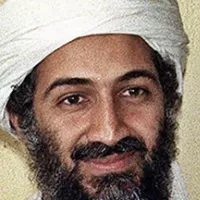
Osama bin Laden was the founder and leader of al-Qaeda...
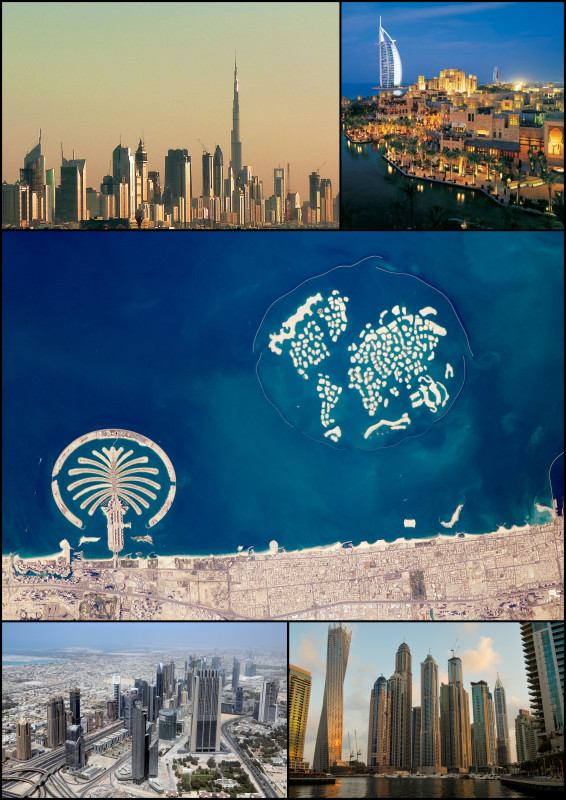
Dubai is the most populous city in the United Arab...

Football is a family of team sports primarily involving kicking...
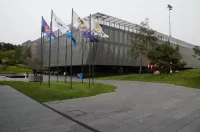
FIFA F d ration Internationale de Football Association is the...
Trending

1 month ago Megan Fox and Machine Gun Kelly: Reconciliation Rumors Sparkle, Sparking Holiday Hope
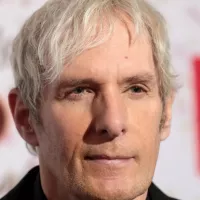
Michael Bolton born Michael Bolotin is an American singer and songwriter He began his career in the hard rock and...

5 months ago Jackie Chan's Career, Lucy Liu's Western Flop, and Son Jaycee's Derailment Explored.
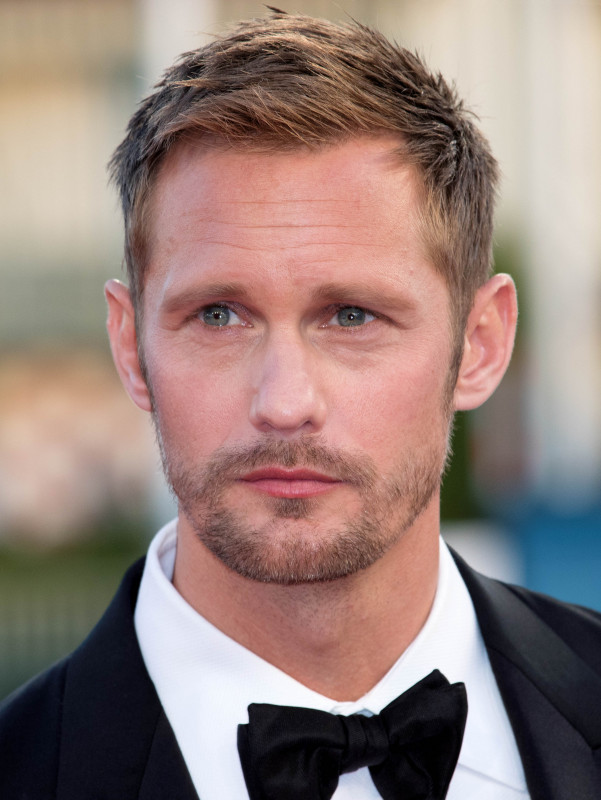
18 days ago Alexander Skarsgård reminds Miriam Margolyes of their meeting; addresses sexuality question, states 'not really' gay.

27 days ago Emma Watson's teeth transformation during Harry Potter filming: A dental evolution revealed.
1 month ago Typhoon Kalmaegi Devastates Philippines: Hundreds Dead, Another Storm Threatens Hope
Popular

Candace Owens is an American conservative political commentator and author...

Tucker Carlson is an American conservative political commentator known for...

XXXTentacion born Jahseh Dwayne Ricardo Onfroy was a controversial yet...

Ben Shapiro is a prominent American conservative political commentator media...
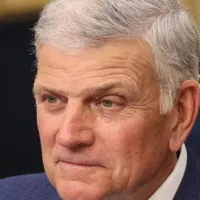
William Franklin Graham III commonly known as Franklin Graham is...
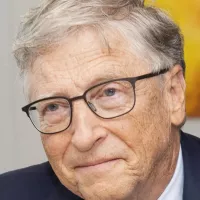
Bill Gates an American businessman and philanthropist revolutionized personal computing...